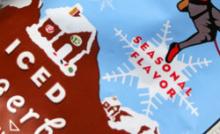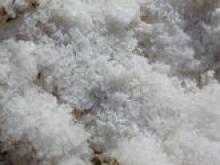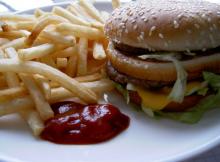November is Peanut Butter Lovers Month
My family and I lived in the basement of her home—which was its own apartment in and of itself, complete with a bathroom, kitchen, living room, and two bedrooms—on and off throughout my childhood, and I would often sneak up the stairs and crawl into bed with her. She’d move aside the papers and offer me a spoon of peanut butter, and I’d sit there in bed, wearing my five-year-old Ninja Turtles pajamas, contentedly licking my peanut butter off my spoon as she watched the news or did her puzzles. She would usually doze off and I would plea, “Grandma, don’t go to sleep!” She’d mumble that she was just resting her eyes, but then a few moments later she’d be snoring, and I would either cuddle up with her and sleep, too, or come back downstairs when my mother would come for me.
That’s why I love peanut butter. And I’ve been starting a peanut butter tradition with my daughter, too. At least once each week, we settle into our oversized armchair—a chair that I specifically chose for cuddling her when she was only a few months old, and that I tried out holding her in my arms just to make sure it was perfect before we bought it and its matching couch—and each enjoy a whole spoon of peanut butter as we watch a film. This week, that film is going to be The Rescuers Down Under, and I know that my little girl is going to eat all of her peanut butter quickly—she doesn’t savor it like I do!—and then ask to finish mine, too. Of course I will let her, just like I did last week.
Are you a peanut butter lover? How do you celebrate your love for the yummy goop? Which kind is your favorite? Are you partial to smooth or crunchy? (We love both in our house, though we are partial to the natural kind that must be stirred in order to be enjoyed, as the oil settles on top.) Whether it’s with chocolate, on top of crackers, spread on a muffin or toast, or otherwise, be sure to enjoy yourself some peanut butter this month in honor of this tasty celebration.








